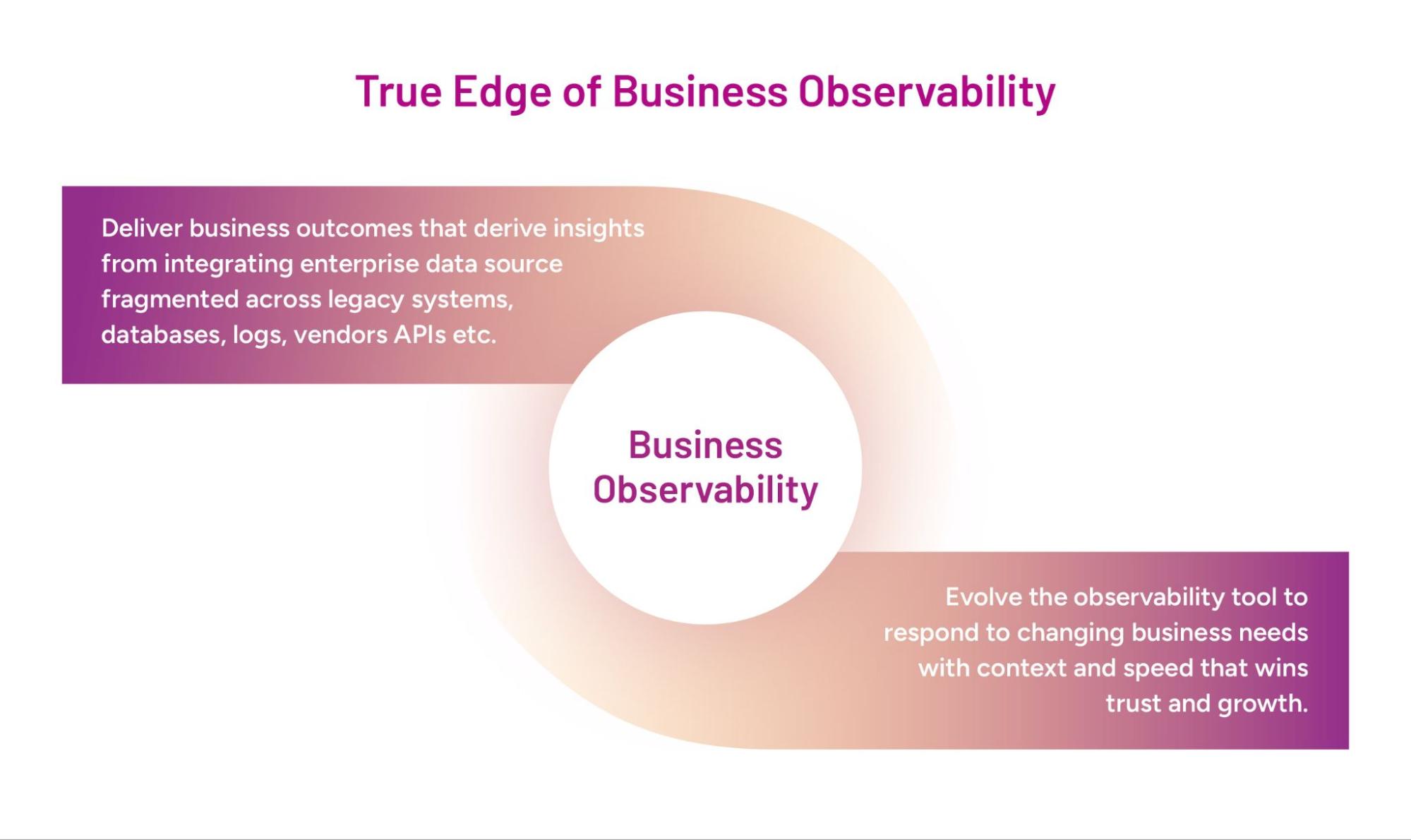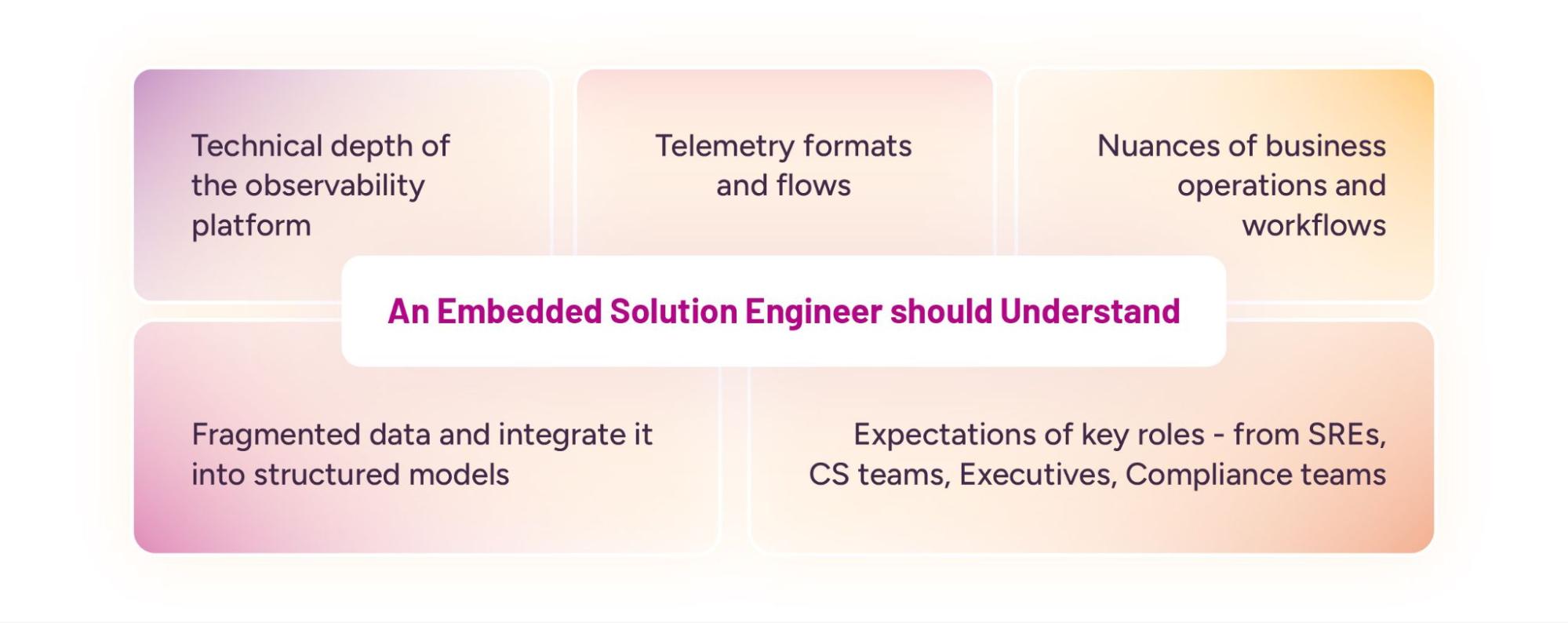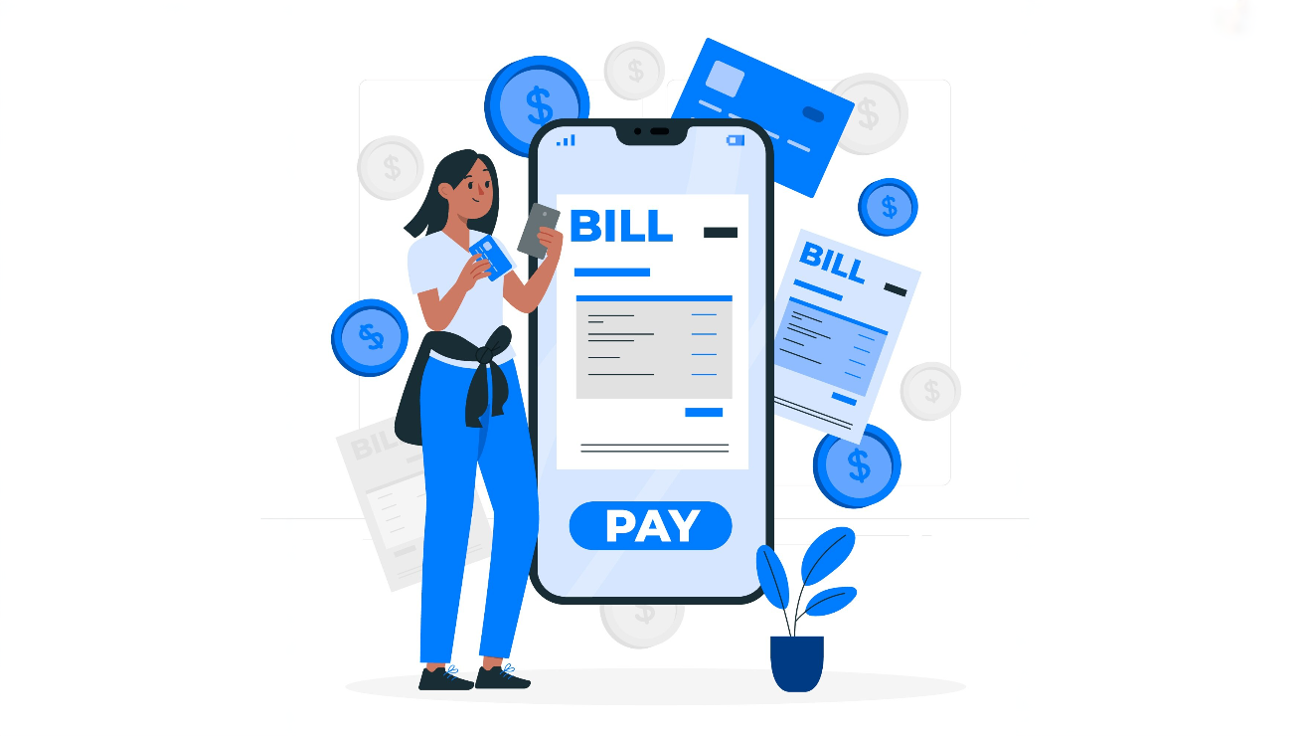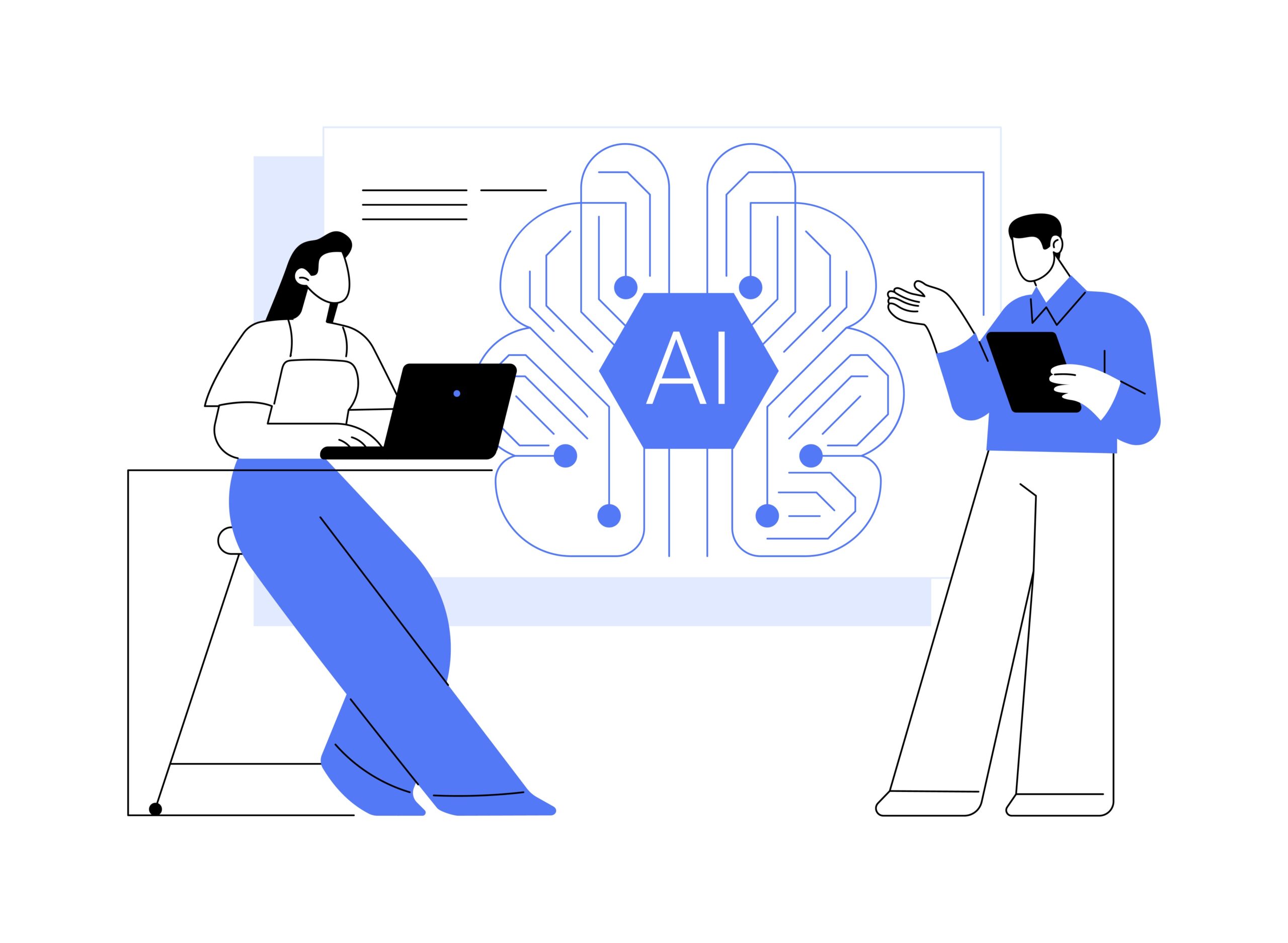From Static Dashboards to Living Command Centers: How Embedded Solution Engineers Are Bridging the Business Observability Value Gap
- Sep 10, 2025
- Blogs
- 7 min read
Business Observability is evolving from static dashboards to dynamic business intelligence to meet the demands of modern digital business. Learning from modern warfare, which showed victory belongs to those who leveraged intelligence for faster actions, financial enterprises are realising that they need to shift focus from wanting better observability tools to translating the insights from the tools into better outcomes.
Successful digital operations are differentiated by the capability to be more responsive by focusing on live journeys like UPI payments, loan disbursements, or trade executions. This helps in detecting/resolving issues the moment they impact revenue or customer experience, not after alerts surface from infrastructure.
Despite having best-in-class platforms, enterprises struggle to realize this as they operate in deeply fragmented and high-stakes environments, spanning core banking systems, API gateways, ESBs, firewalls, cloud systems, mobile apps, payment switches, and third-party processors. With data trapped in silos, teams struggle to understand the true business impact when failures or issues occur.

Fig 1: Challenges faced by personas
More often than not, the teams are in a reactive mode. Executives invest millions but struggle to see a direct correlation between observability spend and business outcomes.
This gap doesn’t emerge from technology or tools. It is an implementation problem.
How to Resolve the Business Observability Value Gap
In today’s digital battlefield, the true edge in business observability doesn’t lie in dashboards or logs but in the ability to:

Fig 2: What Business Observability can deliver
This requires an agile, feedback-driven mode of working and innovating your tool to deliver to your business outcomes.
This requires something that no out-of-the-box solution can provide – a human conduit who understands

Fig 3: Embedded solution engineers know-hows
Additionally, this conduit must act as the ears and eyes of ground reality, identifying blind spots, continuously feeding insights back into platform evolution, while ensuring that every deployment becomes a catalyst for business transformation.
How VuNet Established this Role Early On
At VuNet, we recognized this gap before the industry did. While others focused on building more features, we were thinking – How to make our platform truly deliver to business outcomes? We understood that the answer lies in last-mile engineering.
That’s why we didn’t just build a platform — we built a model. We established the Embedded Solution Engineers (ESEs) role – our solution to last-mile engineering and core to our value delivery model. Deployed deep within complex, multi-vendor environments like banking, our ESEs ensure observability always stays close to the business — and evolves with it to deliver reliability, resilience, and business outcomes. They work backwards from real-world challenges of business operations, diverse end-user personas, complex digital ecosystems and digital journeys, data formats, and models to engineer business observability that fits your enterprise.

Fig 4: Embedded engineers model pioneered by UnitX
Embedded Solution Engineers: The Value Architects
Our Embedded Solution Engineers don’t just implement software — they co-create value. They represent how enterprise observability should be deployed, which traditional approaches miss entirely.
- The Platform-Business-People Triangle:

Fig 5: Embedded solution engineers role
ESEs focus on implementation by bringing together platform capabilities, client business processes, and expectations from key roles such as SREs, CST, and Executives. They embed deeply into the customer environment during implementation, setting up:
- Structured and integrated data models by aligning, cleaning, and transforming the disparate enterprise data sources
- Custom data pipelines tailored to fragmented systems (multi-vendor environments, legacy systems, partner APIs, gateways, etc.) and domain-specific telemetry
- Secure, role-aware, and business contextual data lake that powers everything from real-time analytics to AI-driven insights
- Custom role-based dashboards for everyone from CXOs to SREs and CS teams that connect technical metrics and issues to business impact and outcomes.
- Real-time alerting, contextual nudges, and SLA breach early warnings
- Intelligent root cause analysis and automated remediation workflows
- Value Realization Accelerators:
ESEs make platform capabilities come true for client business processes, helping drive better acceptance and usage of the platform and thus realizing the true value of the platform for your enterprise. They’re not just deploying technology — they’re architecting business transformation.
- End-to-End and Continued Ownership:
ESEs focus on deployment, customization, optimization, maintenance, and monitoring of the platform for the client. They don’t hand off after go-live — they evolve with your business, ensuring observability stays aligned with changing organizational priorities, business processes, systems, and hence requirements
- Ground Intelligence Network:
ESEs act as the ears and eyes of the ground, capturing key enterprise expectations and feeding insights into the platform’s new capabilities and roadmap. They create a continuous feedback loop between business reality and platform evolution.
- Collective Intelligence Engine:
Our ESEs share and learn from each other’s implementations across industries and use cases, creating a knowledge amplification effect that benefits all clients while maintaining strict confidentiality boundaries.
This isn’t consulting — it’s collaborative engineering at the intersection of technology and business value.
Expanding Role of ESEs in the GenAI Era
With GenAI and agentic workflows becoming central to business observability and financial services, we see ESE’s role expanding further rapidly beyond solving today’s observability challenges.
- From Observability → Recommendability → Resolution: Embedded in the client environment, ESEs will design and deploy agent-centric workflows that go beyond monitoring to predict issues, recommend fixes, and even trigger resolution.
- Stronger support for SREs and Business Teams: By enabling AI-driven assistants, ESEs will facilitate streamlined incident response, smoother compliance checks, and more data-driven business decision-making in real time.
- Bridge between domain and AI: ESEs will bring domain knowledge into AI models, making them practical, secure, and business-ready. This ensures GenAI works well in fragmented and complex financial services environments.
Deployment Reality: With ESEs vs. Without ESEs
The difference between ESE-led implementation and traditional deployment isn’t just in outcomes — it’s in the fundamental approach to value realization.

Fig 6: Contrast of deployments with and without ESEs
With ESE-led deployment, observability evolves from a monitoring cost center to a business intelligence capability. The transformation isn’t just technical — it’s cultural, operational, and strategic.
Hear It From Our Own ESE

“My day starts with the ops team listening in on ongoing issues, spotting recurring patterns, and mapping them back to where observability can address. By midday, I am with DevOps and app support, digging into blind spots like missing logs, noisy alerts, or dashboards that don’t reflect what the business actually cares about. Being this close to the ground, I get to see domain and environment-specific problems firsthand. These include navigating through multiple vendors and partners in the business flows, managing interconnected systems, and dealing with large, scattered sets of logs and telemetry data. This helps design targeted enhancements to solve their specific problems, made easy by the hyper-configurable nature of the VuNet platform.
Afternoons are for turning signals into business outcomes by building small apps to cut through the noise or automating reports so teams can ditch the Excel grind. I always end the day reviewing the incidents and looking for ways MTTR could’ve been shorter. Every month, I present the outcomes that speak for themselves: fewer surprises, faster fixes, and insights that drive real business value. And these provide the opportunity for stakeholders to be aware of the platform’s value and spark discussions for further enhancements.”
This is the impact of an ESE — not just keeping the lights on, but turning observability into a real business advantage.
Closing Thoughts: The Future Is Embedded
In mission-critical enterprise observability, last-mile engineering is not nice-to-have, It’s everything. No off-the-shelf tool understands your business journeys, APIs, telemetry models, compliance rules, and success metrics.
That’s why at VuNet, we don’t just deploy our platform — we embed our engineers in your team to live your challenges, understand your expectations, and build with you. Our Embedded Solution Engineers are the difference between dashboards that look good and observability that works in the trenches.
The future of enterprise observability isn’t about more dashboards or smarter algorithms. It’s about creating a living observability fabric that evolves with your business, adapts to new user journeys and failure modes, powers real-time decisioning across roles, and lays the foundation for domain-aware AI and automation.
Our ESEs make this future real by blending platform depth, domain knowledge, data engineering, and user empathy into every implementation. They ensure that observability doesn’t just provide visibility — it provides velocity.
And in an era where customer experience, compliance, and operational resilience are non-negotiable, that velocity is everything.










